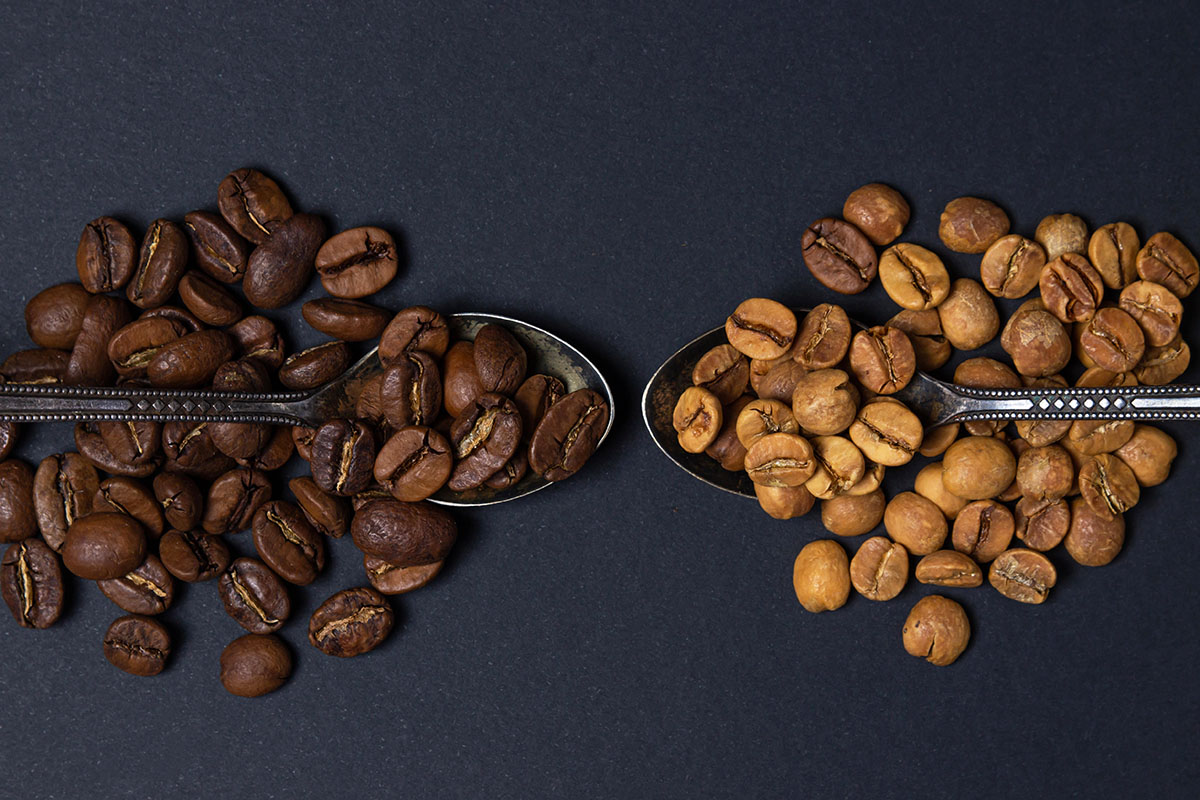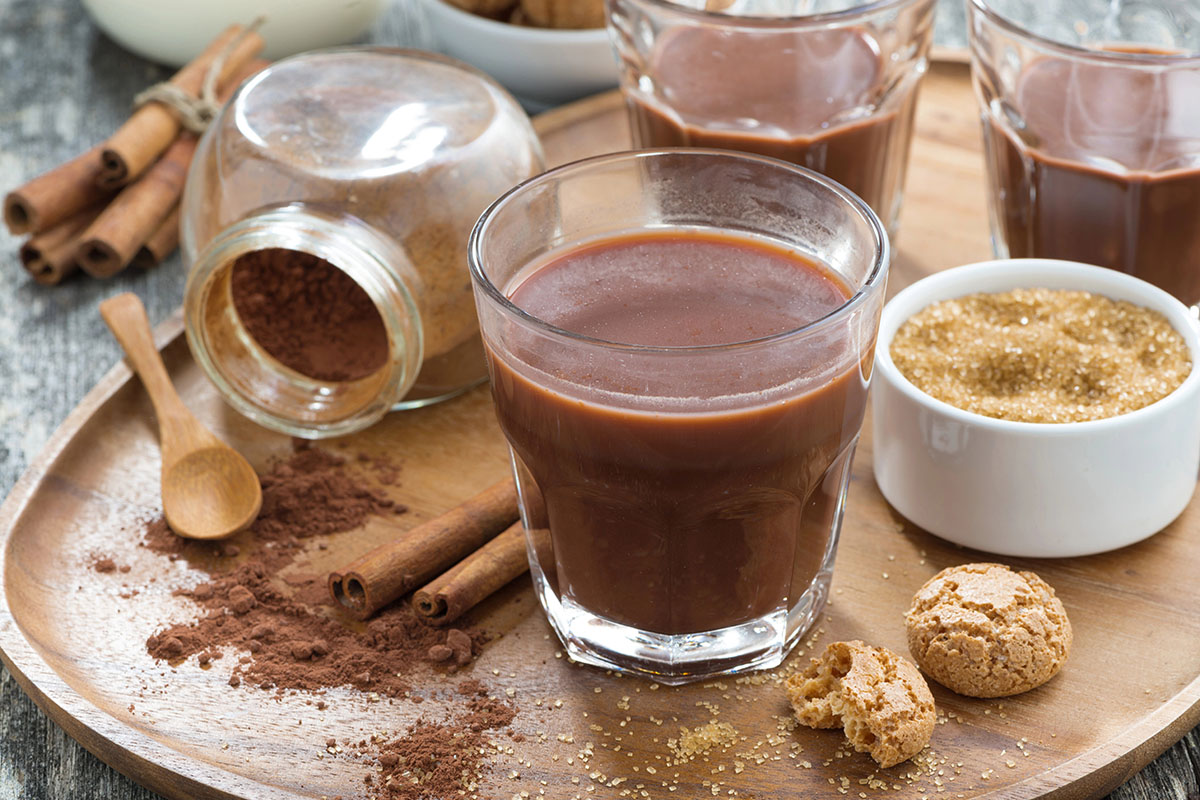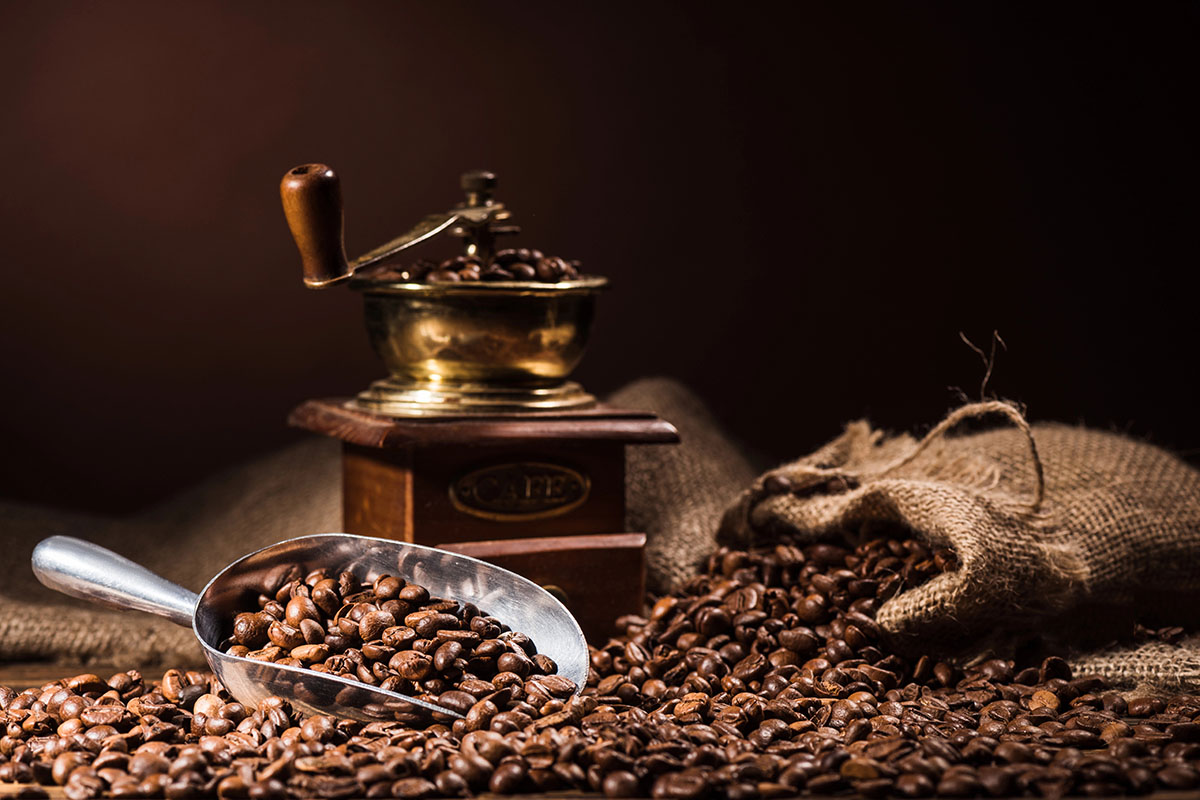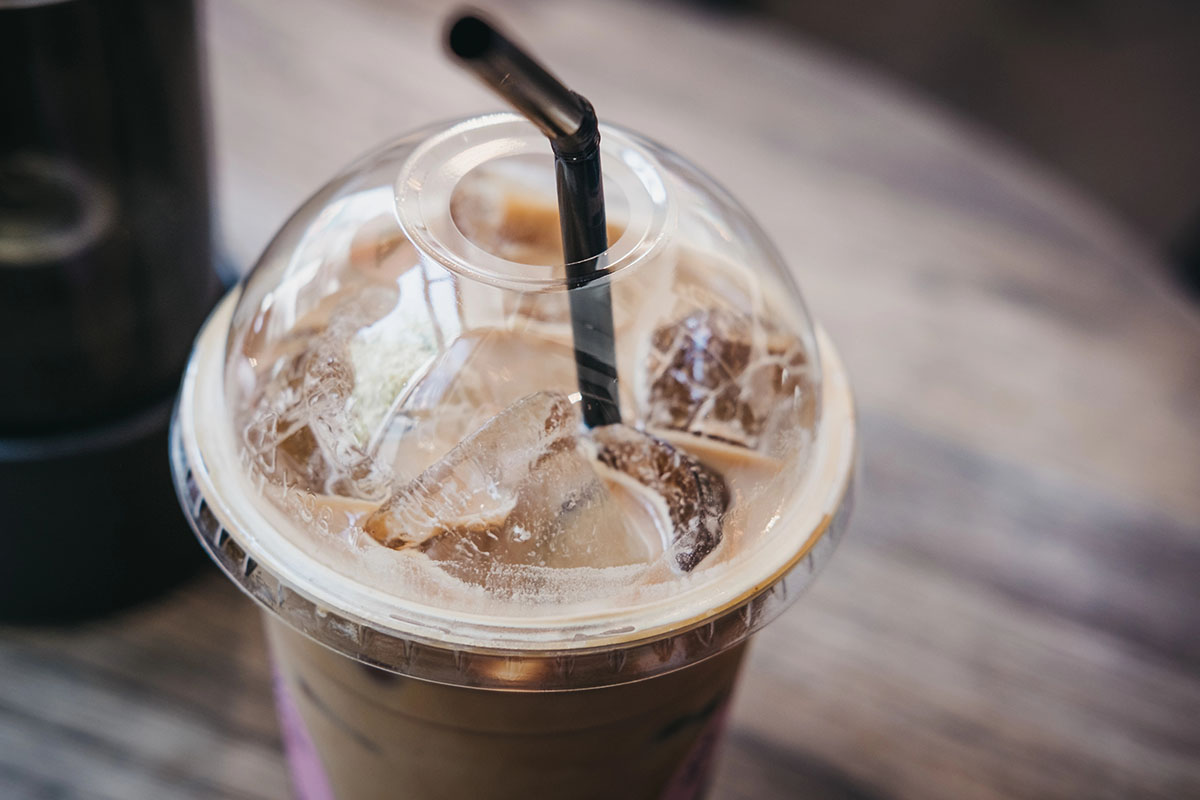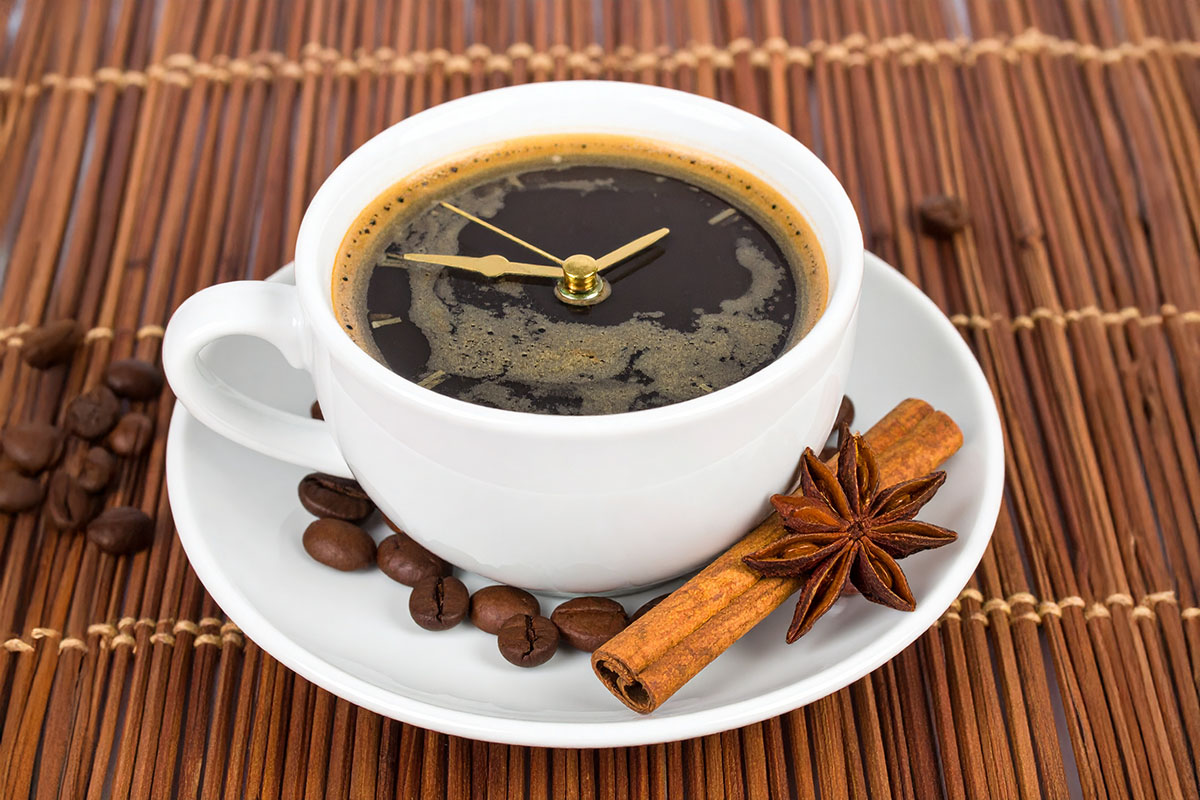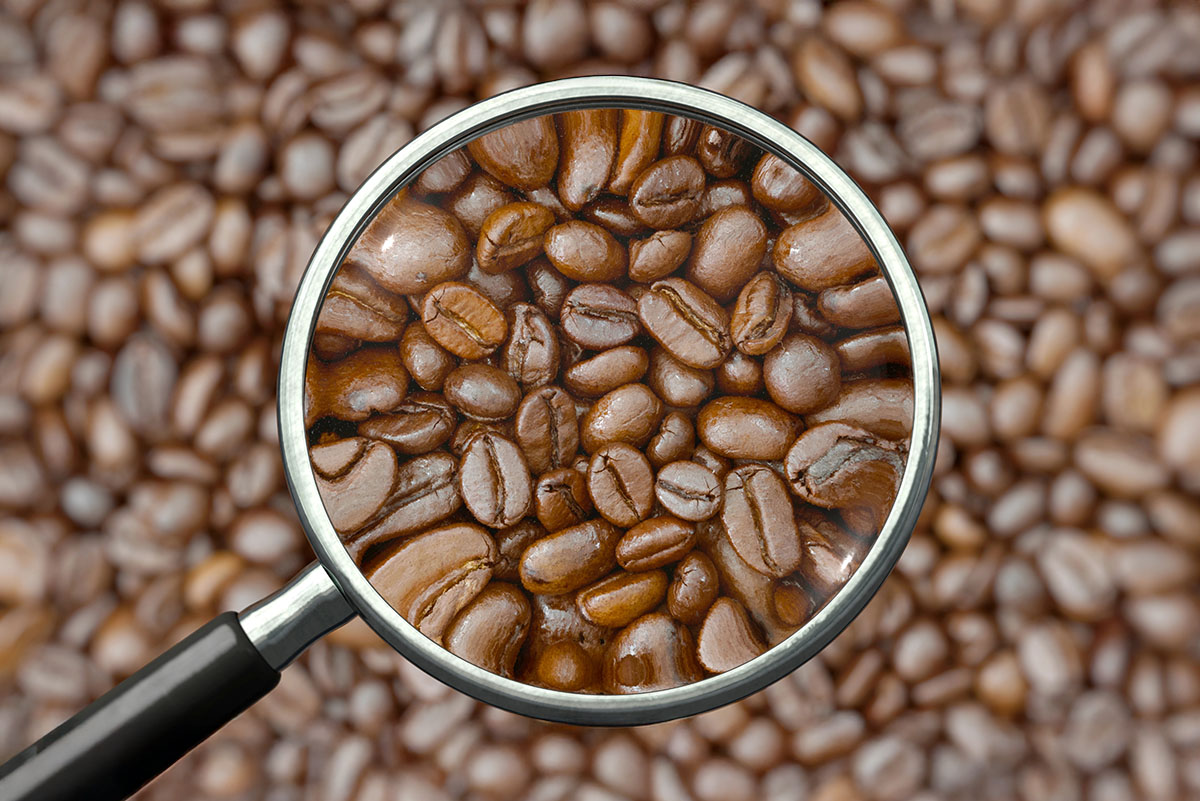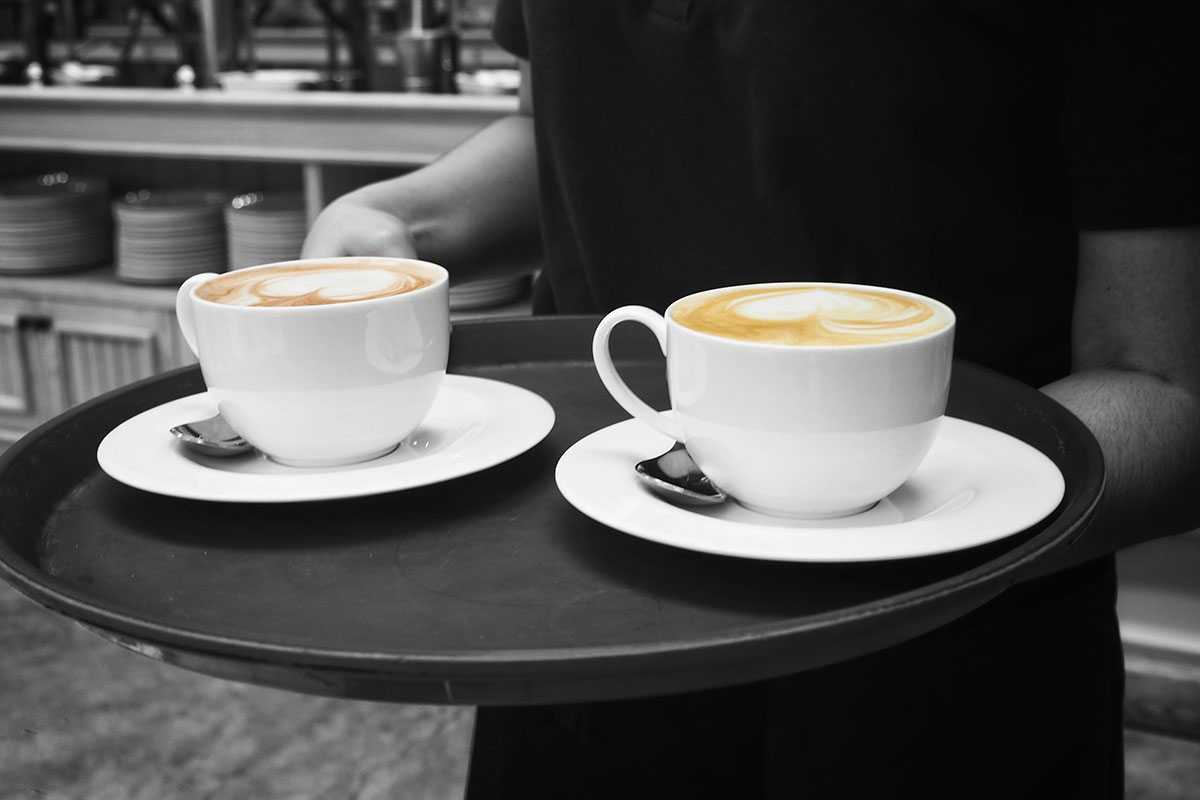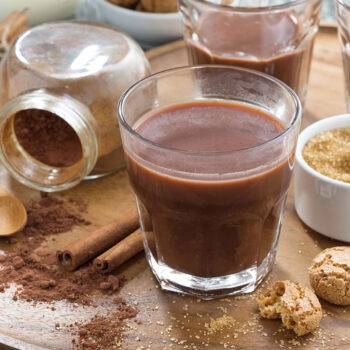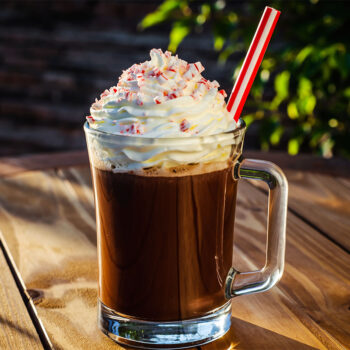Roasting is an integral step that brings out the unique flavors and aromas of the beans, making every cup of coffee a memorable experience. Whether you prefer a bright and fruity cup or a rich and chocolatey brew, the roast level plays a significant role in determining the taste profile of your favorite beverage.
We’ll explore the fascinating world of coffee roasts, going into the intricacies of the roasting process, uncovering how it transforms green coffee beans into aromatic delights you might enjoy the most.
We’ll also discuss the three primary roast types: light, medium, and dark. By knowing these distinctions, you’ll gain a deeper appreciation for your coffee choices so you can enjoy the perfect roast with your breakfast in Frisco TX. The next time you visit our coffee drive thru in Frisco, you’ll know exactly what roast to choose.
The Coffee Roasting Process
The coffee roasting process transforms raw, green coffee beans into the rich, aromatic coffee you recognize. This transformation occurs through controlled heating, causing chemical reactions inside the beans that develop their flavor and aroma.
Key effects of roasting include:
- Flavor impact: Roasting unlocks complex flavor compounds. Lighter roasts preserve more of the bean’s original characteristics—bright acidity and floral or fruity notes. Darker roasts create bolder, deeper flavors with smoky or chocolatey undertones.
- Aroma development: Heat releases essential oils and compounds responsible for coffee’s enticing smell. Aroma intensity generally increases with roast level.
- Affects caffeine levels: Contrary to popular belief, caffeine content slightly decreases as roasting time and temperature increase. Light roasts retain somewhat more caffeine than dark roasts due to their shorter exposure to heat.
Understanding these changes helps you appreciate how roasting shapes your coffee experience—from taste to aroma to caffeine kick.
Exploring Light Roast Coffee
Light roast coffee is known for its bright acidity and distinct fruity and floral notes, which highlight the original flavors of the coffee bean. The roasting temperature typically ranges from 355°F to 400°F, allowing the beans to retain more of their natural character.
Key characteristics of light roasts include:
- High acidity that produces a crisp, vibrant cup.
- Flavor profiles often feature citrus, berry, floral, and herbal undertones.
- The beans exhibit a light brown color with no oil on the surface.
Popular light roast types:
- Cinnamon Roast: One of the lightest roasts, named for its pale, cinnamon-like color. It delivers a bright taste with noticeable acidity and subtle sweetness.
- New England Roast: Slightly darker than cinnamon roast but still very light. It maintains delicate fruity flavors and a lively aroma.
Light roasts contain a higher caffeine content compared to darker roasts because the shorter roasting time preserves more caffeine molecules. This makes them ideal for those seeking an energetic, flavorful cup without sacrificing caffeine levels.
Why People Love Medium Roast Coffee
Medium roast coffee strikes a balance between the bright acidity found in light roasts and the fuller body typical of dark roasts. This roast level offers a smooth, well-rounded flavor that appeals to many coffee drinkers searching for complexity without overwhelming bitterness.
Common Varieties of Medium Roast Coffee
Some popular types of medium roast coffee include:
- American Roast: Known for its smooth and approachable taste, this roast has moderate acidity with subtle caramel and nutty undertones, making it popular across the U.S.
- City Roast: Slightly darker than American roast, City roast is characterized by its caramel sweetness and gentle acidity. It preserves enough origin flavors while introducing mild roasted notes.
Flavors and Characteristics of Medium Roasts
Medium roasts often have a moderate bitterness that complements their balanced profile. They reveal flavors like toasted nuts, mild chocolate, and sometimes fruity hints without overpowering the palate. This versatility makes medium roast coffee suitable for various brewing methods and occasions.
Delving into Dark Roast Coffee
Dark roast coffee is known for its bold flavors and low acidity. It offers a rich and robust taste that many coffee enthusiasts crave.
Features of Dark Roast
Dark roast coffee has distinct characteristics that set it apart from other roasts. Here are the key features:
- Bold Flavors: Dark roasts have intense flavors that are often described as smoky, chocolaty, or even bittersweet. The longer roasting time brings out these deep flavors, making them more pronounced.
- Low Acidity: One of the benefits of dark roast coffee is its low acidity level. This makes it easier on the stomach for those who are sensitive to acidic foods and beverages.
Various Dark Roast Options and Their Taste Profiles
There are different types of dark roast coffees, each with its own unique flavor profile. Let’s take a closer look at two popular varieties: French roast and Italian roast.
French Roast
French roast coffee is known for its intense, dark flavor. Here are some key characteristics:
- Flavor: French roast has a robust and bold taste that can be described as smoky or charred.
- Caffeine Content: Due to the extended roasting process, French roast coffee tends to have lower caffeine content compared to lighter roasts.
Italian Roast
Italian roast coffee offers a complex flavor experience. Here’s what you can expect:
- Flavor: Italian roast has strong flavors with a lingering sweetness. It often combines notes of chocolate and caramel.
- Roasting Technique: This type of coffee is roasted at higher temperatures for longer periods, resulting in its distinctive taste.
How Roast Color Affects Flavor
When it comes to coffee, the roasting process plays a crucial role in determining its flavor profile. The level of roast not only affects the taste but also influences the appearance of the beans. In this section, we’ll explore the relationship between roast color and flavor intensity, as well as the visual cues that can give us insights into these aspects.
The Connection Between Roasting Level and Flavor Intensity
Roasting coffee beans brings out various flavors that are not present in their raw state. The longer and darker the roast, the more pronounced certain flavors become. Here’s a general guideline on how different roasting levels impact flavor intensity:
- Light Roast: Retains most of the original flavors of the coffee bean, such as fruity or floral notes. The acidity is usually higher, and the body is lighter.
- Medium Roast: Balances between the original flavors and those developed during roasting. It tends to have a sweeter taste with chocolate or nutty undertones.
- Dark Roast: Dominated by roasted flavors like bittersweet chocolate or smoky notes. The acidity is lower, and the body is fuller.
Appearance Indicators: Color and Oil Sheen
While tasting is the best way to determine a coffee’s flavor profile, we can also rely on visual indicators. Here are two key aspects to look for:
- Color: The color of roasted coffee beans can give us an idea about their roast level. Light roasts are typically light brown, medium roasts are medium brown, and dark roasts are dark brown or black.
- Oil Sheen: As coffee beans roast, oils from within them are released. This oil can sometimes be seen on the surface of the beans, especially in darker roasts. An oily appearance often indicates a darker roast.
Brewing the Perfect Cup for Each Roast Type
Different coffee roasts reveal their best qualities when paired with the right brewing technique. Choosing the appropriate method can bring out unique flavors, aromas, and textures in light, medium, and dark roasts.
1. Light Roast
Best suited for pour-over brewing methods and Aeropress. These techniques preserve the bright acidity and delicate fruity or floral notes typical of light roasts. The controlled water flow and precise temperature control highlight subtle flavors without overwhelming bitterness.
2. Medium Roast
Versatile with various brewing styles including drip coffee brew, French press, and espresso machines. Medium roasts balance acidity and body well, so these methods emphasize caramel sweetness and smooth mouthfeel while maintaining a well-rounded flavor profile.
3. Dark Roast
Prefers robust extraction methods like French press, Aeropress, or espresso. These bring out bold, smoky, and chocolatey notes while softening acidity. The fuller-bodied texture of dark roast responds well to longer steeping times or pressure-based brewing to create intense, rich cups.
Caffeine Content Variation Across Roasts
The caffeine content in coffee varies depending on the roast level. Generally, light roasts tend to have the highest caffeine levels, while dark roasts have the lowest. This variation is primarily due to the impact of the roasting process on caffeine content.
The Impact of Roasting Process on Caffeine Content
During the roasting process, coffee beans undergo various chemical changes. These changes are influenced by factors such as roasting duration and temperature. As the beans are exposed to heat, some of the caffeine present in them is broken down.
Here’s how different roast levels affect caffeine content:
- Light Roast: Lightly roasted beans are typically roasted for a shorter period of time at lower temperatures. This means that less caffeine is lost during the roasting process, resulting in a higher caffeine content compared to other roast levels.
- Medium Roast: Medium roasted beans are roasted for a longer duration than light roasts but still at moderate temperatures. While some caffeine is lost during this stage, it is not as significant as in dark roasts.
- Dark Roast: Darkly roasted beans are roasted for an extended period of time at higher temperatures. This prolonged exposure to heat causes more caffeine breakdown, leading to lower caffeine levels in dark roasts.
It’s important to note that these are general trends and individual variations that may exist based on factors such as bean origin and processing methods.
Crafting Your Perfect Cup, One Roast at a Time
Summary of coffee roast differences
- Light Roast: Bright acidity, fruity/floral notes.
- Medium Roast: Balanced acidity/body.
- Dark Roast: Bold flavors, low acidity.
Importance of choosing the right roast
Enhances the coffee drinking experience based on personal preference.
Final thoughts on light vs. medium vs. dark roasts
Each roast offers a unique flavor profile catering to different tastes.
Frequently Asked Questions About Coffee Roasts
What are the main differences between light, medium, and dark coffee roasts?
Light roasts have a bright acidity with fruity and floral notes and higher caffeine content. Medium roasts offer a balance of acidity and body with moderate bitterness, showcasing a variety of flavor profiles. Dark roasts feature bold flavors with low acidity and lower caffeine levels, often presenting smoky or chocolatey notes.
How does the coffee roasting process affect flavor and caffeine content?
The roasting process transforms green coffee beans into aromatic coffee by affecting their flavor, aroma, and caffeine levels. Light roasts are roasted for a shorter duration at lower temperatures, preserving more caffeine and bright flavors. Dark roasts are roasted longer at higher temperatures, reducing caffeine content but developing bolder, richer flavors.
What specific types of light roast coffee exist and what are their characteristics?
Why does light roast coffee have higher caffeine compared to dark roast?
Light roast coffees are roasted for a shorter time at lower temperatures, which preserves more of the original caffeine content in the beans. In contrast, dark roasting involves longer exposure to heat that slightly reduces caffeine levels, resulting in lower caffeine content in dark roasts.
How can knowing the differences between coffee roasts improve my coffee experience?
When you’re ready to settle down with your next Frisco coffee, Knowing the distinctions between light, medium, and dark roasts helps you select a coffee that matches your taste preference—whether you prefer bright acidity, balanced flavors, or bold richness—and choose suitable brewing methods to maximize flavor enjoyment.


